
In Game design, It’s important to know how to make games that work on mobile, tablet, and PC devices. Each platform has its own features and user standards that change how games are made.
This article talks about the main differences between making games for mobile, console, and PC, and it stresses how important it is to change how games are made for each device.
Mobile Game Design

Mobile Game Design: Key Strategies and Considerations
Making games for mobile devices comes with its own set of challenges and chances. Mobile devices are popular for gaming because they are easy to carry and get to, but their limits mean that games need to be carefully planned and optimized. We’ll talk about the most important parts of designing mobile games, with a focus on what makes a game popular.
Accessibility and Portability
Short times to play There are small bursts of time when mobile gamers play, like during breaks or on the way to work. Because of this, mobile games should make it easy and quick for players to grow. Levels should be short and fun so that even short sessions of play give you a sense of accomplishment.
Controls for a touchscreen The main way to enter information into mobile devices is through touchscreens. Designers need to come up with control schemes that are easy to use and respond quickly to touch inputs. Simple movements like tap, swipe, and drag should feel natural and be simple enough that they don’t get frustrating.
Device Limitations
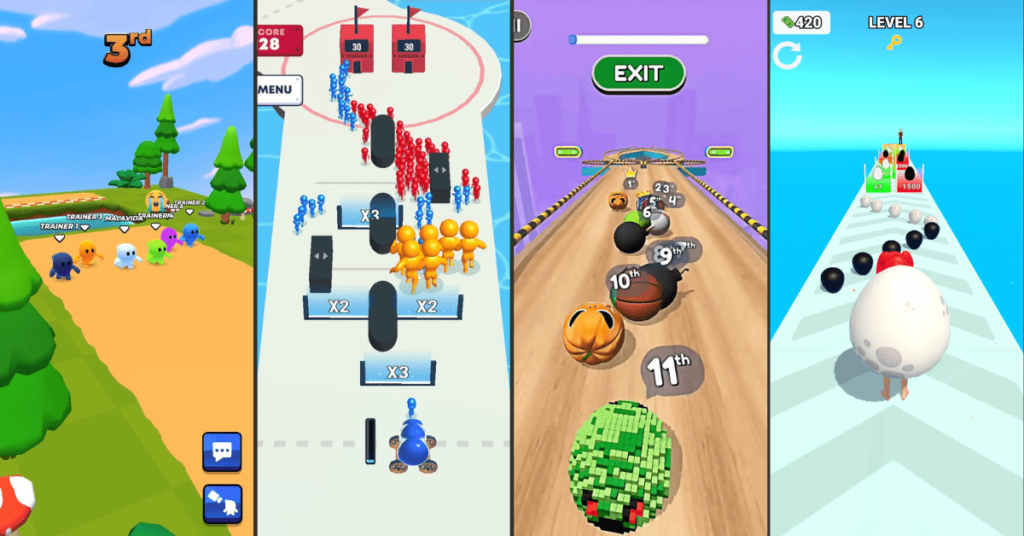
Better Performance: The processing speed, screen size, and battery life of mobile devices are all very different. Game designers have to make sure that games work well on a variety of devices. This means making sure the game works well on both high-end and low-end devices and letting the battery last as long as possible.
Adaptive images: Games should have images that can be scaled up or down to fit different mobile device screens. Graphic designers should make sure that images look good on small screens and don’t lose quality when viewed on bigger screens. Players can make the graphic experience fit their device’s specs by changing the settings.
Monetization Strategies

Freemium Model: Many mobile games are free to play, but they make money from ads and in-app purchases. With this model, adding ways to make money must be done carefully so that they don’t get in the way of the games. Offer valuable in-game things that can be bought if you want to, like cosmetic items or features that save time.
User Retention: For mobile games, it’s important to keep players interested over time. To get people to come back, add things like daily rewards, social features, and regular updates. Events and content that keep you interested can keep the game new and fun.
User Experience
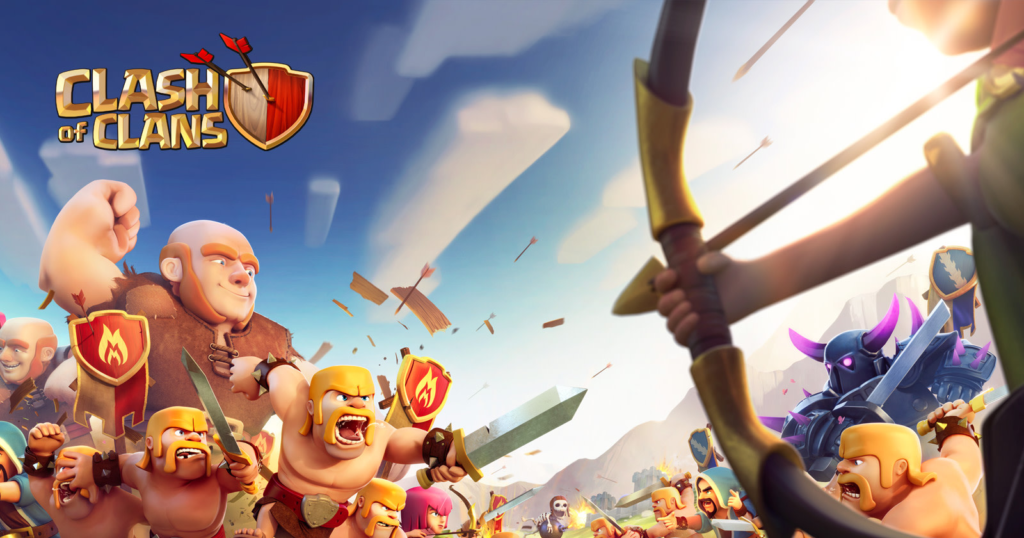
Easy Onboarding: In mobile games, first views are very important. Anyone who joins your game should quickly learn how to do it. Make sure there are clear tutorials and easy-to-use interfaces so that people can start right away without getting lost. The game gets harder over time, so players can learn and master it at their own pace.
Feedback and Responsiveness: For keeping players interested, feedback that is clear and quick is important. Visual and auditory cues can help players understand what to do and help them move through the game. When you play games, responsive controls and input make the experience more fun and real.
Social Features

Social Integration: A lot of mobile gamers like to show off their progress and compete with their friends. Add social tools like achievements, leaderboards, and the ability to post about your progress on social media. Social contact can help you keep players and get your game in front of more people.
Multiplayer Options: You might want to add online options to your mobile game. Real-time or asynchronous online modes can make games more fun and give players the option to compete or work together. Make sure it’s easy to get to and play multiplayer functions, even on mobile networks.
Regular Updates
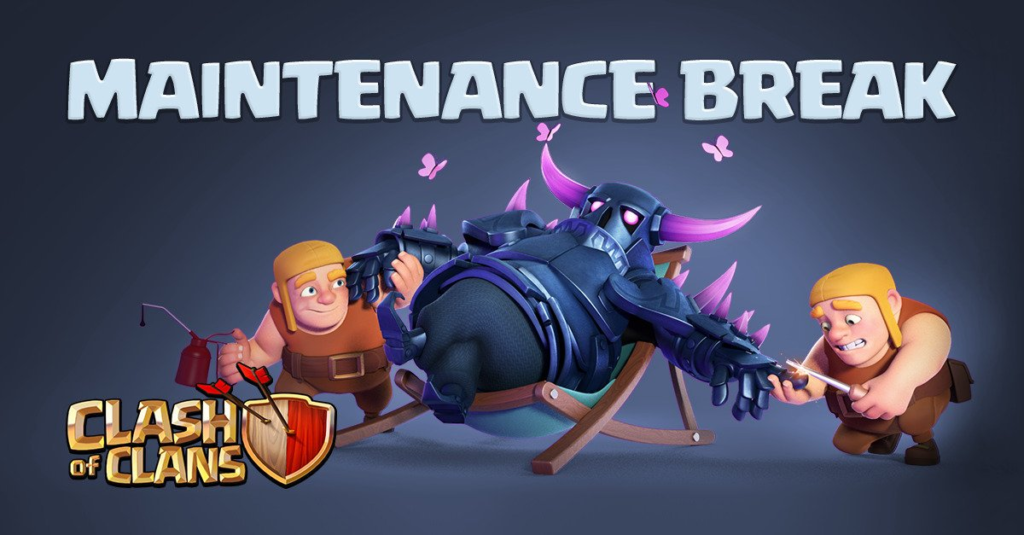
Content Updates: Adding new content to your game regularly will keep people interested. People may want to play again if there are new stages, characters, or events. Let your players know about future changes to keep them interested and up to date.
Bug Fixes and Improvements: Listen to what players have to say and fix any bugs or other problems right away. Based on user feedback, regular updates should also include changes that make the app run better and improve the quality of life. A loyal group can be built by showing that you care about what your players want.
Conclusion
For mobile games to be successful, they need to be easy for everyone to access, run smoothly, and provide fun experiences for players. By taking into account how mobile devices and their users are different, game makers can make games that are fun, easy to use, and interesting. If you know and use these key techniques, your mobile game will stand out in a crowded market and keep people coming back for more.
Console Game Design

Console Game Design: Key Strategies and Considerations
Creating games for gaming consoles offers distinct possibilities and difficulties. Consoles include robust technology, specialized game environments, and sophisticated control schemes, enabling immersive and top-notch gaming experiences. In this article, we will examine fundamental elements of console game design, with a specific emphasis on the factors that contribute to the success of a console game.
High-Quality Graphics and Performance

Detailed Visuals: Gaming consoles can process and display high-resolution visuals, allowing designers to create intricate textures, sophisticated lighting effects, and vast virtual environments. Harness the formidable hardware to create visually striking games that attract players. Concentrate on producing authentic or artistic visuals that improve the ambiance and narrative of the game.

Consistent Performance: Gaming consoles has predetermined hardware specifications, enabling game designers to enhance games for uniform and reliable performance. Strive for a consistent frame rate and seamless gameplay. Ensure optimal compatibility of the game across all platforms within a certain console generation to deliver a consistent and dependable experience for all gamers.
Immersive Experiences
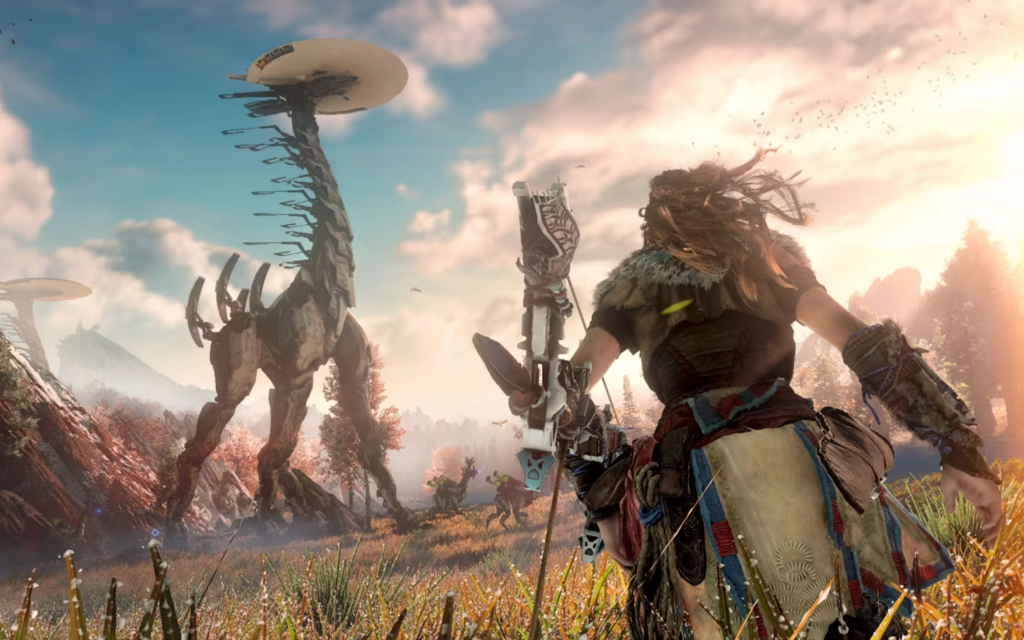
Extended Play Sessions: Console gamers often engage in long play sessions. Design your game to include deep narratives and complex gameplay mechanics that can sustain player interest over extended periods. Develop storylines and character arcs that evolve, keeping players invested in the game world.

Advanced Controls :
Exclusive Features
Exclusive Content Console controllers use a variety of buttons and joysticks, allowing for complex control schemes. Create user interfaces that exhibit an innate and prompt response. Enable players to execute a diverse array of activities with accuracy. It is advisable to offer adjustable control options to accommodate various player preferences.
Online Services: Establish seamless integration with platform-specific internet services such as Xbox Live or PlayStation Network. These services provide features such as achievements, multiplayer capabilities, and social functions that enhance the overall gaming experience. Utilize these tools to establish a cohesive and cutthroat atmosphere for gamers.
User Experience

Intuitive Interfaces: Create user interfaces that are highly intuitive and effortless to browse using a controller. Ensure that menus and HUD elements are easily comprehensible and easily reachable. Minimize disarray and ensure expedient retrieval of vital data. Employ visual and auditory prompts to effortlessly direct players throughout the game.
Feedback and Immersion: Ensure prompt and unambiguous feedback for player activities to preserve immersion. Utilize visual, audio, and tactile feedback to augment the gaming experience. Utilizing vibrations, sound effects, and visual cues can enhance the game’s responsiveness and vitality.
Social and Multiplayer Features
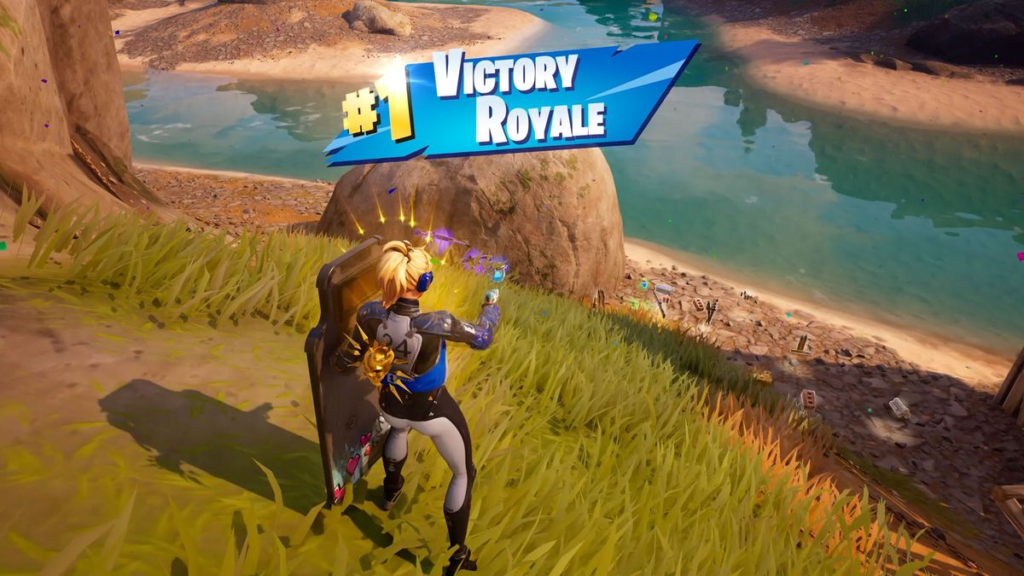
Multiplayer Modes A multitude of console gamers derive pleasure from engaging in multiplayer experiences. Create resilient multiplayer modes to enhance user involvement, whether in a competitive or cooperative setting. Guarantee that the multiplayer elements are readily accessible and offer an equitable and impartial experience.

Community Engagement: Cultivate a feeling of camaraderie and belonging among the participants of your game. Incorporate elements like clans, guilds, and leaderboards to promote and foster social engagement. Enable players to communicate and cooperate, strengthening their bond with the game and one another.
Regular Updates and Support

Content Updates: Consistently incorporate fresh content into your game to maintain user engagement. Enhance engagement and exhilaration by introducing fresh tiers, personas, and occurrences. Publicize forthcoming enhancements to generate excitement and ensure your player community remains well-informed.
Bug Fixes and Improvements: Take heed of player input and swiftly resolve any problems or concerns. Deliver frequent updates that incorporate advancements in performance and improvements to the overall user experience. Demonstrate your attentiveness to player requirements and cultivate a devoted and content community.
Conclusion
To create great console games, it is necessary to prioritize excellent graphics, captivating experiences, and sophisticated control systems. Game designers can develop intriguing and entertaining games by utilizing the potent hardware and distinctive features of consoles. Comprehending and executing these fundamental tactics will guarantee that your console game distinguishes itself and delivers an unforgettable experience for gamers.
PC Game Design

PC Game Design: Key Strategies and Considerations
Creating games for personal computers has distinct possibilities and difficulties. Personal computers (PCs) possess a multitude of hardware combinations, accommodate various input methods, and cater to a broad spectrum of player preferences. In this analysis, we go into fundamental elements of PC game design, with a specific emphasis on the factors that contribute to the success of a PC game.
Diverse Hardware Configurations
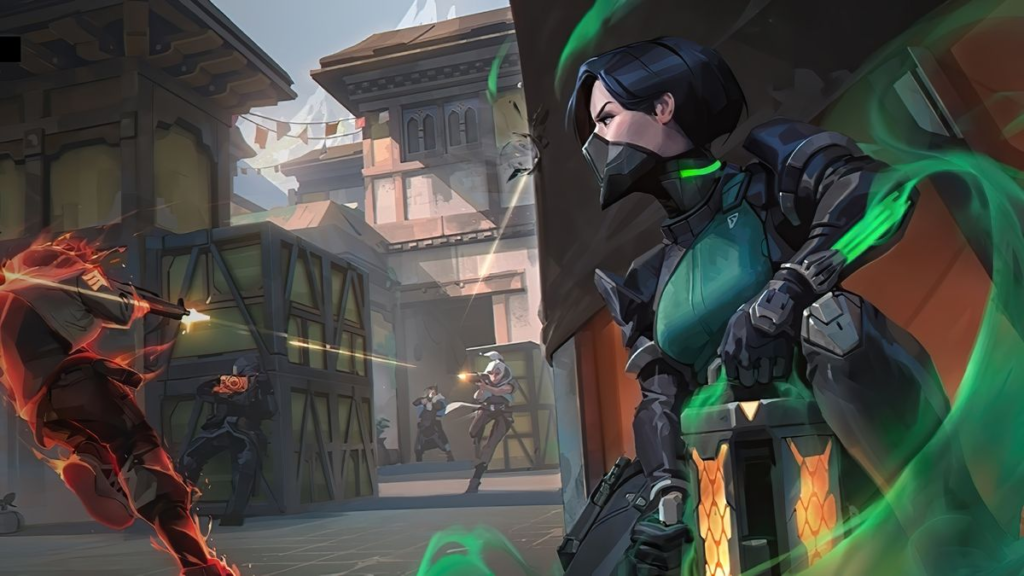
Scalability: Personal computers vary in specifications, ranging from economical configurations to top-of-the-line gaming systems. Optimize your game to perform efficiently on various hardware setups. Offer customizable options for visuals, quality, and performance. Enable players to customize the game according to the capabilities of their system.
Performance Optimization Make sure that your game works well on a variety of platforms. Code and images should be optimized to cut down on load times and stop lag. Find and fix bottlenecks with speed profiling tools. Even if you have old gear, try to keep the frame rate stable.

Keyboard and Mouse Controls
Precise Input: PCs use keyboards and mice, which give you exact control and a lot of ways to enter data. Make control plans that use these sources to their fullest. Allow players to change how the keys are mapped to fit their tastes. Make sure that moving the mouse is easy and quick.
Complex Controls: Use the keyboard’s many keys to make control schemes that are both complicated and easy to understand. Make it easy for people to do a lot of different things. Think about giving players a choice of different ways to control the game.
High-End Graphics and Performance

Cutting-Edge Technology: High-end PCs can handle graphics and speed features that are more complex. Make games that look amazing by using the newest tech, like ray tracing and high frame rates. Give players with strong systems ultra-high resolutions and textures with lots of detail.
Custom Graphics Settings: Give players detailed graphics choices so they can get the most out of their game. Add settings for anti-aliasing, shadow depth, texture quality, and more. Let players find the best mix between speed and quality in the graphics.
Modding and Customization
User Mods: A lot of PC gamers hope to be able to mod their games. Make sure that user-generated content can be added to your game. Help people make and share mods by giving them tools and instructions. A strong group of moderators can make your game last longer and add new content.
Customization Options: Give players a lot of ways to customize the game itself. Let players change the settings for the game, create their characters, and change how the controls work. Giving players a lot of options for customization can make them happier and more interested in the game.
Competitive Gaming

eSports and Competitive Play: PCs are where most competitive games take place. Balanced rules and fair play should guide how you make your game. Rank modes, leaderboards, and events are all great ways to keep competitive players happy. Make sure that your game works best when played against other people.
Spectator Features: Add features that make watching streaming and eSports games more enjoyable. Provide spectator modes, replay systems, and simple ways to connect to live services. These traits can help your game get more attention and build a community around it.
Regular Updates and Support
Content Updates: Add new information to your game often to keep people interested. Add new characters, levels, and game types. Tell your players about future changes to keep them interested and informed.
Bug Fixes and Improvements: Pay attention to what players say and fix any bugs or other problems right away. Give regular reports that include ways to improve performance and quality of life. Show that you care about what players want to build a loyal group.
User Experience

Intuitive Interfaces: Make user experiences that are simple to use with a keyboard and mouse. Make sure that the menus and HUD features are easy to see and use. Stay away from messes, and make sure that important information is easy to find. Help people get through the game by using sound and sight cues.
Feedback and Immersion: To keep the players immersed, give them clear and quick feedback on what they’re doing. To improve the game experience, use feedback that you can see, hear, and touch. Use detailed and interesting interactions to make the game world feel alive and responsive.
Community Engagement
Online Features: Add online features like social hubs, multiplayer modes, and the ability for users to share their material. To make a group more alive, encourage people to talk to each other and compete. Provide matchmaking and lobby tools that help players find each other and play together.
Community Building: Join in-game events, forums, and social media to talk to other people in your neighborhood. Pay attention to what players have to say and include the community in development decisions. A strong group can help you learn new things and get the word out about your game.
Conclusion

To make great games, you need to make sure that the game design fits the needs of mobile, console, and PC platforms. Each platform has its own possibilities and problems.
Game makers can make fun, optimized, and memorable gaming experiences by knowing and using the best features of each platform. Mastering cross-platform game design is a must if you want your games to be popular and make players happy.

[…] VR is more complex than traditional media. It involves 3D modeling, spatial audio, and interactive design. Developers need specialized skills and tools to produce high-quality VR […]